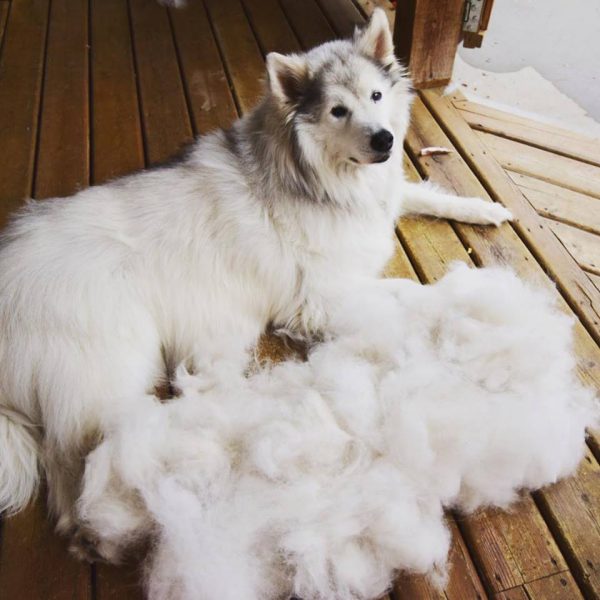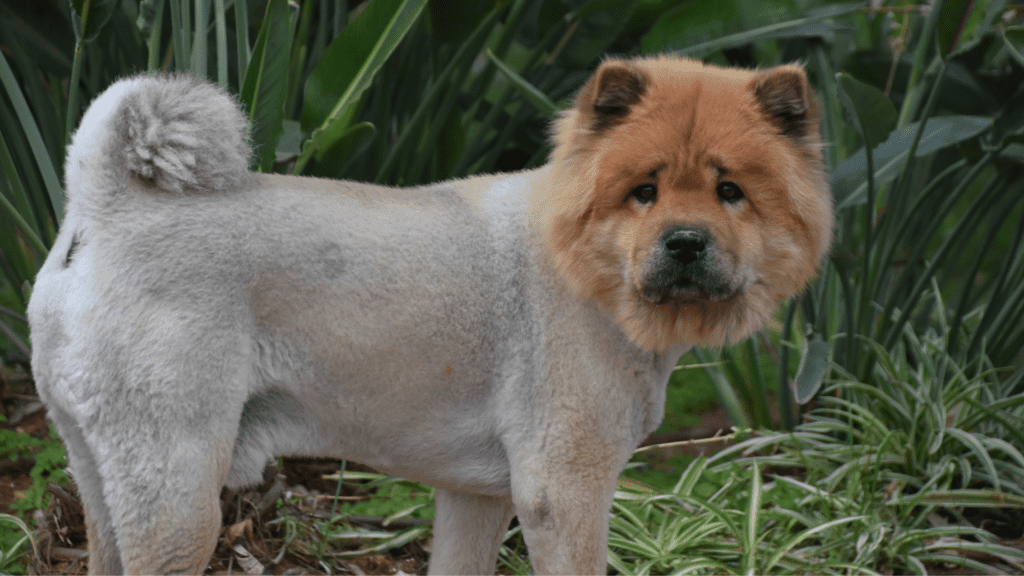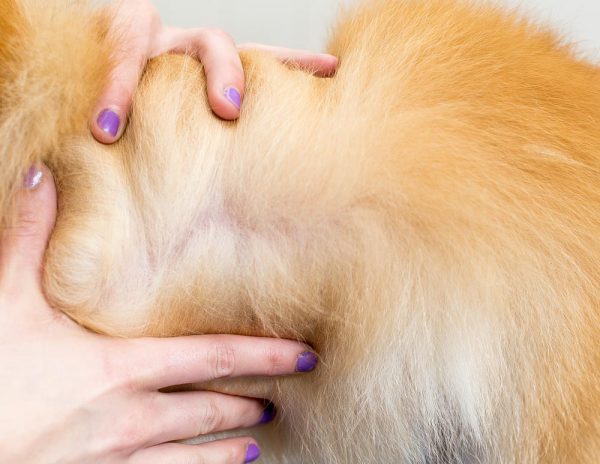Unwanted fur in the home can be one of the biggest headaches for dog-owners, and virtually all dogs shed, particularly in the hotter seasons. Many people spend hours brushing their dogs to no avail. De-shedding dogs is an option but many people often wonder, is it worth it?
We’ve put together a cheat sheet of everything you need to know about coats, shedding and de-shedding so you can make the best decisions when it comes to your dog and hopefully get rid of that unwanted hair.
Understanding Your Dog’s Coat
All animals have hair. Yes, your dog’s fur is the same as the hair on your head. The only difference is the texture, length and color, not to mention it covers their entire body. Dogs can also have single or double coats of hair and a myriad of other types of textures. Learn more about different dog coats
Types of Coats
Dogs have two main types of coats. The first is the top coat, or sometimes called guard hairs, which are longer, coarser hairs that offer camouflage, repel water, block sunlight, and reduce severity of cuts or scratches. The second is the undercoat (also called down hair) which is a layer of hair that is wavy or curly, shorter and provides thermoregulation. Basically your dog’s undercoat acts like thermos – keeps your dog warm in the winter and cool in the summer.
When dogs have both a top coat and an undercoat, they are considered double coated. Dogs with only a top coat are single coat. Single coated dogs don’t shed seasonally and are considered more hypoallergenic, but they still shed! It’s just not as noticeable. Dogs with single coats include Poodles/Doodles, Terriers, Greyhounds, Mini Pincher, and Maltese.
Source: Purplebone
Shedding
The reality is that all dogs shed year round very much like we do. Hair is constantly falling out and re-growing. The shedding phase is when hair falls out and is replaced by new hair. However, when we think about shedding we are really thinking about seasonal shedding.
Seasonal shedding typically happens twice a year. The first is when the weather becomes warmer and the undercoat falls out. This is the dreaded season when there are clumps of fur around your house, and if you have a Husky, you can easily pluck large tuffs off of your dog. The second is when the weather becomes cooler and the top coat falls out to make room for the fresh undercoat.
However, because most dogs live indoors and are exposed to interior lighting and artificial temperatures, the shedding cycle gets disrupted and can take place year round. This is what throws most people off. They can’t understand why their Labrador is shedding in February, but if you have your heat set to 75 degrees, their body probably thinks summer is around the corner!

What is De-shedding?
De shedding is the physical removal of a dog’s loose undercoat. The idea is to remove the hair before it lands on your furniture and clothes, but it also makes your dog more comfortable. Groomers use multiple tools and methods to de-shed dogs depending on their coat type.
Unfortunately, while de-shedding is beneficial and significantly reduces the amount of hair on your dog, it doesn’t stop the shedding process. Many owners are miffed when their dog keeps shedding after a de-shedding. But as you can see from the images in this post, LOTS of hair is removed so while it’s impossible to clear out 100% of lose fur (or fur that wasn’t ready to shed yet), you will see a big improvement.
The cost of de-shedding varies and is usually based on time. For larger breed dogs, it can take up to 2 hours to de-shed an undercoat. Once the groomer is finished, there is usually a dog sized pile of fur left behind.
De-shedding should be done regularly, and once you’re on a good schedule, the effects will be more noticeable.

Brushing vs De-shedding
Brushing your dog’s fur manages their top coat and removes dander and debris. While brushing your dog is vital to their health, it does not do the same job as de-shedding. De-shedding is to go in and remove the loose undercoat that dogs eventually lose naturally, whether all over your couch or in your backyard. If you want to de-shed your dog at home, you need to find brushes designed to get to the undercoat.
De-shedding tools, like the Furminator, are combs that reach through the top coat and pull out the undercoat. Other tools include de-shedding blades, which look intimidating, but are relatively easy to use. However, these can only be used on dogs with plush or medium length coats. Rubber brushes and bristle brushes loosen top coats. Best de-shedding brushes.
Benefits of De-shedding
There are so many benefits of de-shedding for both you and for your dog. The core benefit is that it facilitates the natural shedding process. While it can’t take all of the under coat, it can keep your house form becoming coated in fur. It also draws out natural oils produced by dog’s skin and fur and prevents painful matting and hot spots. Overall, it makes your dog healthier and happier.
Related Article: Reduce shedding naturally
Never Shave Your Dog
Despite preconceived notions, shaving does not prevent shedding or keep your dog cool. It also creates a myriad of other issues for your dog. As we mentioned above, there are good reasons for your dog’s coat layers, and when you shave them, it reduces the insulating effect and exposes your dog to harmful sun rays. It also will permanently damage the fur (it will grow back too coarse or too fluffy, thin and/or patchy).
The best way to keep your double coated dog cool in the warm weather is to regularly de-shed the undercoat so the fur can act as an insulator. Brushing alone does not get all the undercoat out.

De-shedding is an effective way to give your dog a healthier, more beautiful coat. Plus your pet will be so much happier without the extra hair weighing them down and you’ll be happier not having clumps of hair all over your house. It’s a win-win!
If your dog is in need of de-shedding, set up an appointment at Fitdog by phone (310) 828-3647 or email contact@fitdog.com.
Post updated October 27, 2022. Sources: Dog Coats, Spruce Pets , AKC

Fitdog is a dog training and enrichment center located in Santa Monica, CA. Go to Fitdog.com to learn more.
